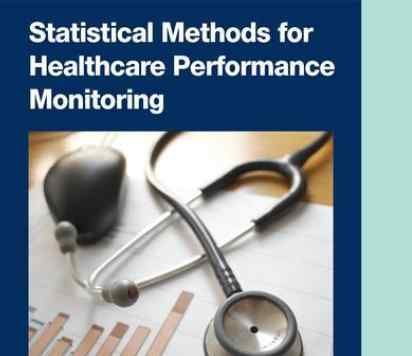BibTex format
@techreport{Aylin:2018,
author = {Aylin, P and Benn, J and Bottle, A and Burnett, S and Vincent, C and Esmail, A and Cecil, E and Charles, K and D'Lima, D},
booktitle = {Evaluation of a national surveillance system for mortality alerts: a mixed-methods study},
title = {Evaluation of a national surveillance system for mortality alerts: a mixed-methods study. Health Serv Deliv Res 2018;6(7)},
url = {https://www.journalslibrary.nihr.ac.uk/hsdr/hsdr06070#/full-report},
year = {2018}
}
RIS format (EndNote, RefMan)
TY - RPRT
AB - BackgroundSince 2007, Imperial College London has generated monthly mortality alerts, based on statistical process control charts and using routinely collected hospital administrative data, for all English acute NHS hospital trusts. The impact of this system has not yet been studied.ObjectivesTo improve understanding of mortality alerts and evaluate their impact as an intervention to reduce mortality.DesignMixed methods.SettingEnglish NHS acute hospital trusts.ParticipantsEleven trusts were included in the case study. The survey involved 78 alerting trusts.Main outcome measuresRelative risk of mortality and perceived efficacy of the alerting system.Data sourcesHospital Episodes Statistics, published indicators on quality and safety, Care Quality Commission (CQC) reports, interviews and documentary evidence from case studies, and a national evaluative survey.MethodsDescriptive analysis of alerts; association with other measures of quality; associated change in mortality using an interrupted time series approach; in-depth qualitative case studies of institutional response to alerts; and a national cross-sectional evaluative survey administered to describe the organisational structure for mortality governance and perceptions of efficacy of alerts.ResultsA total of 690 mortality alerts generated between April 2007 and December 2014. CQC pursued 75% (154/206) of alerts sent between 2011 and 2013. Patient care was cited as a factor in 70% of all investigations and in 89% of sepsis alerts. Alerts were associated with indicators on bed occupancy, hospital mortality, staffing, financial status, and patient and trainee satisfaction. On average, the risk of death fell by 58% during the 9-month lag following an alert, levelling afterwards and reaching an expected risk within 18 months of the alert. Acute myocardial infarction (AMI) and sepsis alerts instigated institutional responses across all the case study sites, although most sites were undertaking some parallel activities
AU - Aylin,P
AU - Benn,J
AU - Bottle,A
AU - Burnett,S
AU - Vincent,C
AU - Esmail,A
AU - Cecil,E
AU - Charles,K
AU - D'Lima,D
PY - 2018///
TI - Evaluation of a national surveillance system for mortality alerts: a mixed-methods study. Health Serv Deliv Res 2018;6(7)
T1 - Evaluation of a national surveillance system for mortality alerts: a mixed-methods study
UR - https://www.journalslibrary.nihr.ac.uk/hsdr/hsdr06070#/full-report
ER -
